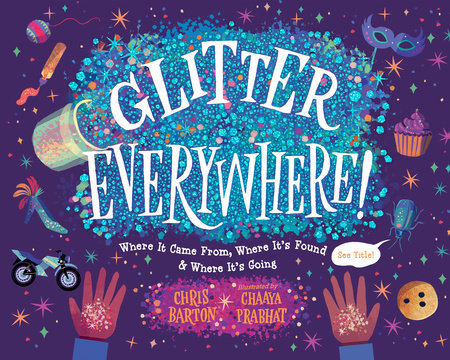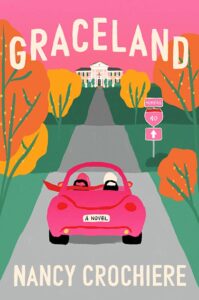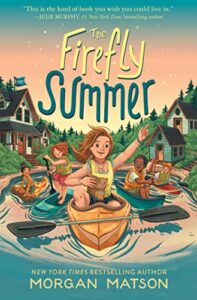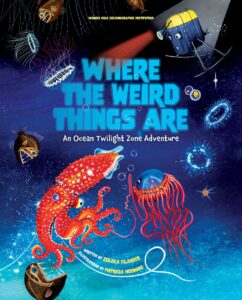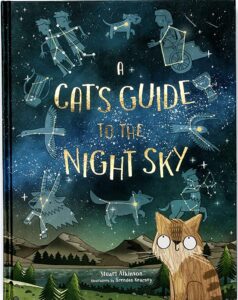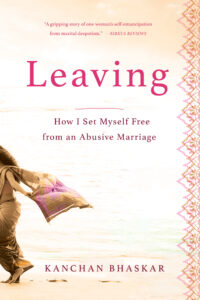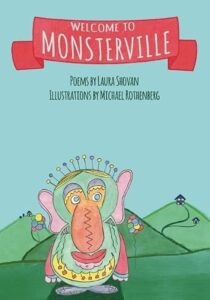Note from MotherDaughterBookClub.com: While I didn’t have the opportunity to review the following book, I wanted to make readers aware of it, so I worked with the author on an excerpt. Read on to learn more.
The following is an excerpt from Leaving: How I Set Myself Free from an Abusive Marriage by Kanchan Bhaskar.
Preface
I grew up in New Delhi, India, and my dreams were built on the romance and jubilation in which I was brought up. I imagined my married life to be as blissful and tender as that of my parents, who truly cherished and treasured each other and nurtured their four offspring with love and warmth. They lived more as partners than as a traditional Indian husband and wife.
Having been raised in this progressive environment, I acquired a unique perception of life—a woman was an equal partner in a marriage, one to be honored and valued. Marriage meant love, companionship, and caring. I couldn’t fathom it being any other way. Violence of any kind in marriage was unthinkable. A woman was to be respected—period.
My future husband would not share these perceptions. I found myself in an arranged marriage to a bright and deceptively-charming man, who revealed his true nature only after our wedding. The first time he hit me, my world spun upside down. When it righted, I had gotten myself stuck in a tumultuous, abusive relationship with a narcissistic alcoholic, in whose captivity I was trapped for more than twenty years.
The desperate mother of three innocent children who were casualties of these circumstances, I had to get away, but my escape had to be carefully planned with no room for error. If I divorced, I’d lose one or all of my children to the man I needed to escape from, which was not an option.
There had to be a way out.
I searched until I found it.
This story narrates how I built a ramp to climb out of the abyss, little by little, using a myriad of tools to bring me closer to freedom. Although I was alone in my fight for survival, I had deep faith in the higher power which presented me with collaborators in the form of angels and mentors to light my way.
My work was slow but steady. The ramp collapsed a few times and had to be rebuilt stronger. I shaped myself into a resilient woman, a tigress who could fend for her cubs. It wasn’t easy, and each day was a struggle, yet I remained determined in my single mission to protect my children and provide them with the best, as I had been provided with. This focus gave me the courage and spirit to keep forging ahead relentlessly.
Belief in self and belief in the Universe became my weapons of ultimate escape, the foundation for my liberation and re-earned dignity.
The story doesn’t stop with gaining my freedom but describes my continuing journey on the path of spirituality. In this book, I share my dawning realizations and the period of self-resurgence, which resulted in a triumphant, purpose-driven life.
Belief in spirituality provided the foundation and a new beginning on the path toward the emancipation of mind and soul.
Today a free woman, I’m happily settled in Chicago, living life on my own terms. I walk with my head high and chin up. The first flowers of spring in their divine colors make me smile. I can laugh again at a joke, find stillness in trees, and plan without fear, making up for the lost time.
I’m reminded of my favorite lines, my motto, from Robert Frost’s “Stopping by Woods on a Snowy Evening”:
The woods are lovely, dark and deep,
But I have promises to keep,
And miles to go before I sleep,
And miles to go before I sleep.
______________________________________________________________________________Reprinted from Leaving: How I Set Myself Free from an Abusive Marriage with the permission of She Writes Press. Copyright © 2023 by Kanchan Bhaskar
Kanchan Bhaskar (Kan-chan Bhas-car), an Indian-American, is a first-time author. She holds a Master’s Degree in social work and a certificate in life coaching. She is also a certified Business Coach. Being a successful Human Resource professional, her expertise is in training and mentoring. She is a certified advocate, speaker, and coach for victims and survivors of domestic violence. Kanchan lives in Chicago. Learn more about Kanchan on her website: https://kanchanbhaskar.com/

